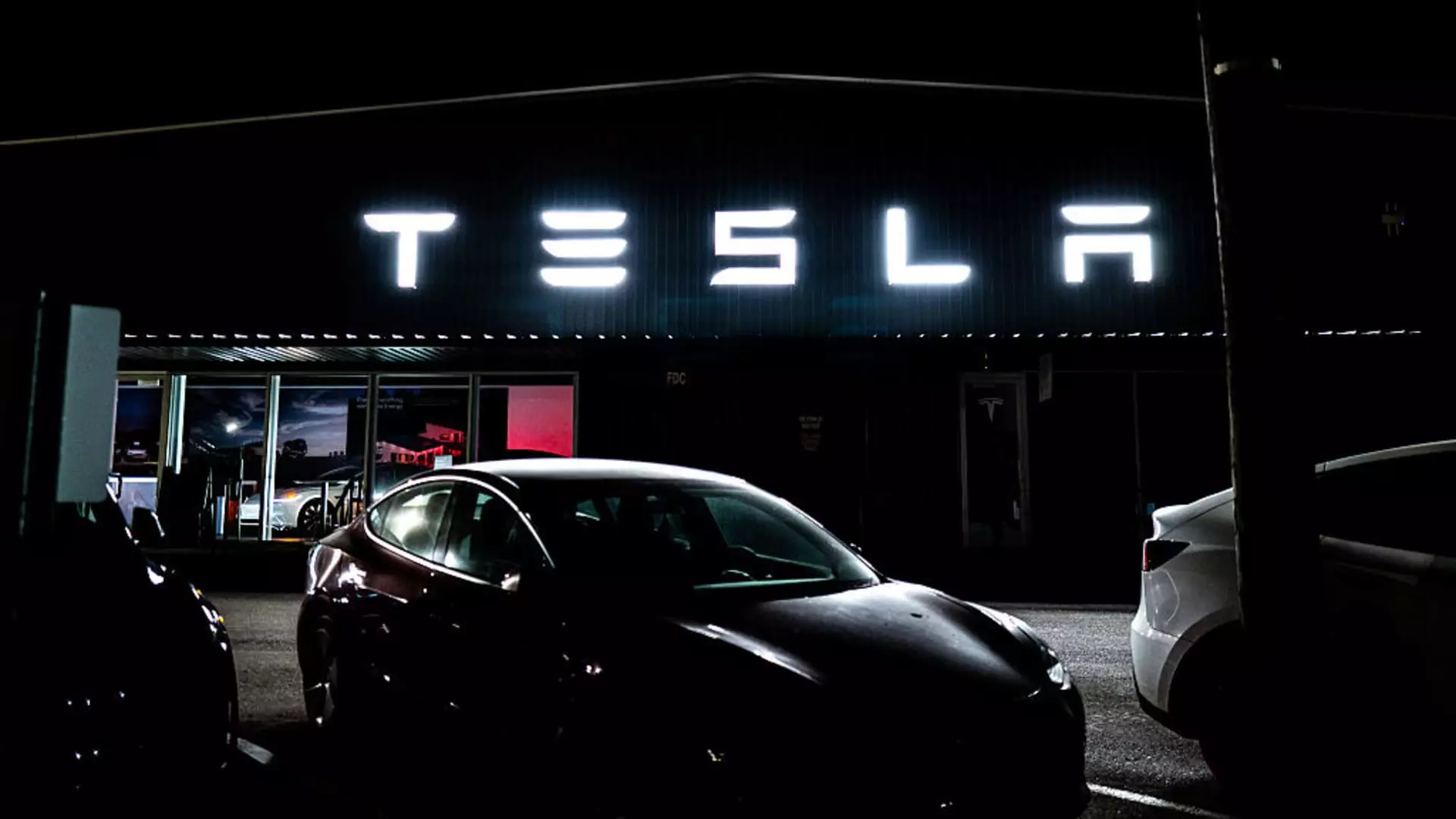Tesla’s future growth prospects have long been a topic of fascination and scrutiny. Goldman Sachs, a powerhouse of financial analysis, recently nudged its price target upward from $300 to $395. While this seems optimistic at first glance, a closer look reveals underlying caution: even with this revision, the bank’s outlook hints that Tesla’s shares could actually decline by about 7% in the coming year. This contradiction underscores an uncomfortable truth—Tesla’s meteoric rise may be reaching its zenith, with prospects of stagnation or decline lurking behind the promising forecasts. The bank’s rationale calls attention to the sector-wide surge in market multiples, which—despite inflating valuations—may mask underlying vulnerabilities.
Promises of Innovation Meet Harsh Realities
Tesla’s claims to revolutionary growth—particularly in autonomous driving and humanoid robotics—are ambitious but precariously optimistic. Goldman’s analyst notes that if Tesla captures significant share in these futuristic sectors, there’s a tantalizing potential for upside. However, the devil is in the details. The automaker faces stiff competition, notably in China’s advanced driver-assistance systems (ADAS) market, where profit margins are thinning due to aggressive competition. Failure to execute effectively could turn Tesla’s dream into a harsh disappointment, illustrating how innovation alone isn’t enough; strategic execution is crucial.
A Path to Long-Term Prosperity or Overreach?
Looking further ahead, projections paint a compelling picture of Tesla as a long-term powerhouse. Goldman’s analysis anticipates earnings per share soaring to around $20 by 2030—more than doubling previous conservative estimates. This rosy forecast is predicated on the success of autonomy and robotics, sectors that could redefine Tesla’s revenue streams and decisively shift its valuation tides. Nonetheless, such projections carry inherent risks. The company’s ability to meet delivery targets in the latter half of this year is uncertain, especially after a 14% decline in vehicle deliveries in the previous quarter, marking the second consecutive drop. While some credit recent launches and favorable government incentives, shaky execution and market volatility could derail these promising growth stories.
The Market’s Reckoning: Is Tesla Overhyped or Undervalued?
Tesla shares have soared nearly 90% in just half a year, outpacing the S&P 500 by a wide margin. This meteoric rise raises a fundamental question: is Tesla still a viable growth story, or has it become a victim of its own hype? While analysts remain divided—more holding or rating it as a hold than a buy—the market’s optimism persists. Yet, history suggests that rapid appreciation often precedes a correction, especially when much of the enthusiasm is driven by speculative fervor rather than sustainable fundamentals. A conservative, centered perspective recognizes Tesla’s strengths but urges caution, reminding investors that heady forecasts should be tempered with skepticism about execution risks and market realities.
Tesla’s journey remains poised at a crossroads—its innovative ambitions are undeniable, but the road to sustained dominance is fraught with obstacles. The optimistic narrative, while alluring, must grapple with practical challenges and the ruthless realities of competitive markets. The true test of Tesla’s future lies not just in lofty forecasts but in its ability to translate these visions into tangible, profitable realities amid a landscape marked by fierce global competition.

